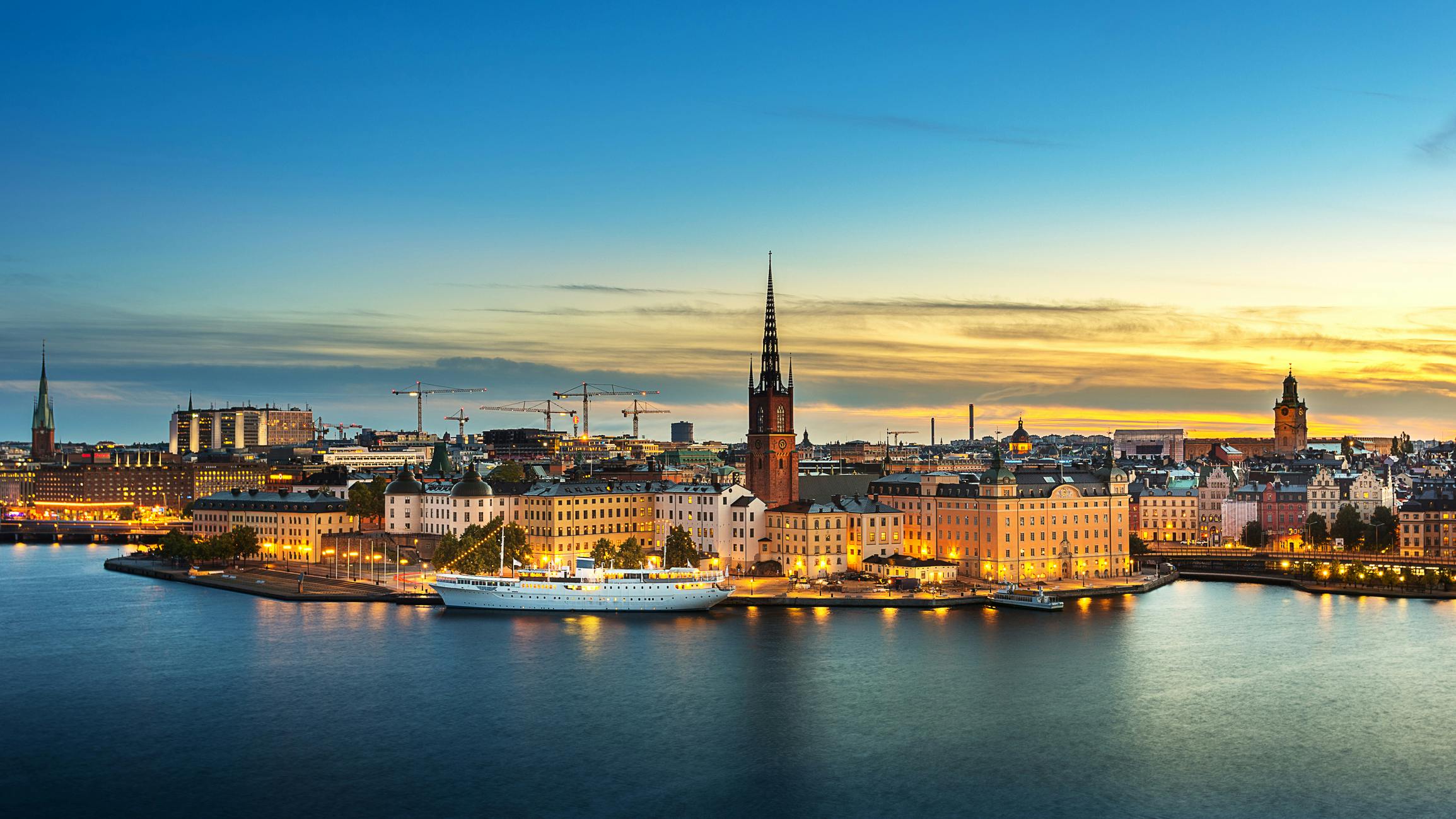How to Choose Your Cruise: Northern Europe and the British Isles
Late summer sun is shining bright on the dome of St Paul’s Cathedral, painting one of the world’s great churches the ivory sheen of the clouds above. Dinner will be a platter of fish and chips as golden as the crown jewels in the Tower of London, but far better tasting and infinitely cheaper. The outdoor table in a riverside pub on the opposite bank of the Thames is a just a short distance from a theater a few blocks away.
That is but one of the many experiences that await in Northern Europe and the British Isles, a seemingly endless trove of the unforgettable.
London is a happy start to voyages that range from Lisbon, Portugal to Latvia, from Dublin to Dundee, Scotland, from Oslo, Norway, to the fringes of the Arctic.
Yes, the Norwegian fjords are famous. London’s fans consider it the capital of civilization. Copenhagen is a gourmet standout, and Bergen, Norway, boasts one of the world’s most-photographed waterfronts.
There are many – hundreds, thousands – of lesser-known, infinitely appealing places, landscapes, foods, cultures, languages, human histories and natural wonders in Northern Europe, and Silversea ships reach a vast array of these.
How can you make the most of a cruise to Northern Europe or the British Isles? This depends on where you go. You won’t have come for guaranteed sunshine or a beach break, although Swedes in their island summerhouses and Finns plunging into chilly tundra lakes from their wood-fired saunas may disagree.
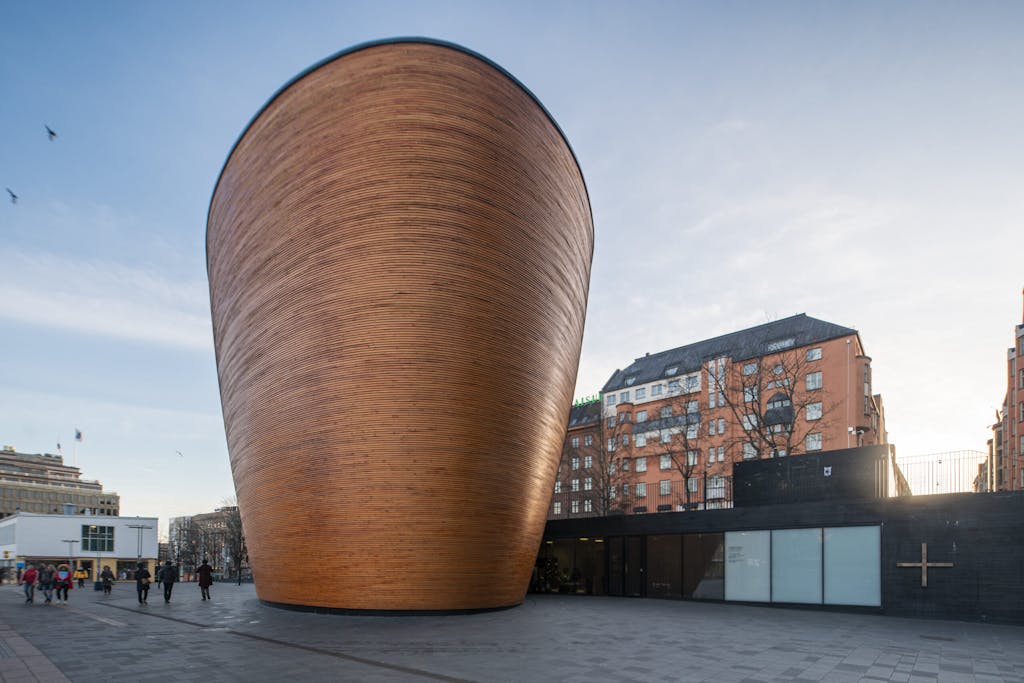
Should you be following the classic Baltic route, visiting grand old seafaring cities of Copenhagen, Stockholm, and Helsinki, you’ll need sightseeing stamina. Make the most of those relaxing sea days between ports; there’s a lifetime’s worth of culture to embrace
Some cities, especially Copenhagen and Stockholm, are easy and fun to explore independently, with their compact centers, friendly, English-speaking citizens and efficient public transport. You can walk around tiny, medieval Tallinn, Estonia, a UNESCO World Heritage site that dates to the 13th century.
Perhaps you’re intrigued by the British Isles, which manage to cram millennia of history, extraordinary natural beauty and a melting pot of cultures into a relatively small space. Orkney and the Isles of Scilly, create a longing for mor..
When should you go? Midsummer is the most popular time for the unearthly spectacle of the midnight sun in Europe’s northernmost reaches, hovering above the horizon. White Nights festivals, bonfires and people out on the streets late into the night make this a happy, festive time to visit.
May is the best month to visit Scotland, often displaying deep blue skies and sea in shades of Caribbean blue. Norway’s fjords are all soft green in spring, wildflowers strewn over lush meadows. Farther north, reindeer graze on rust-colored moss of the tundra as the snows recede.
On the other hand, late season brings its rewards. For the whole of August, Edinburgh is alive with music, drama and comedy of the Fringe, the world’s largest arts festival.
How do you choose your cruise to the British Isles or Northern Europe, whether you’re interested in expedition-style travel or classic cruising? We help you boil down the choices.
Norwegian fjords

In a nutshell: Vast skies, snowy mountains, sheer-sided fjords and lush meadows ablaze with wildflowers combine to make Norway one of the most beautiful countries in the world. But while the fjord-indented west coast is famed for its scenery, the Scandinavian nation has a vibrant cultural life, which you’ll enjoy as much as nature. There’s the white clapboard houses of old Stavanger, the art deco living museum that is downtown Ålesund, and the bustle of Bergen’s waterfront. Overlooked by the red and the ochre 18th-century warehouses of Bryggen, it’s an icon of the city.
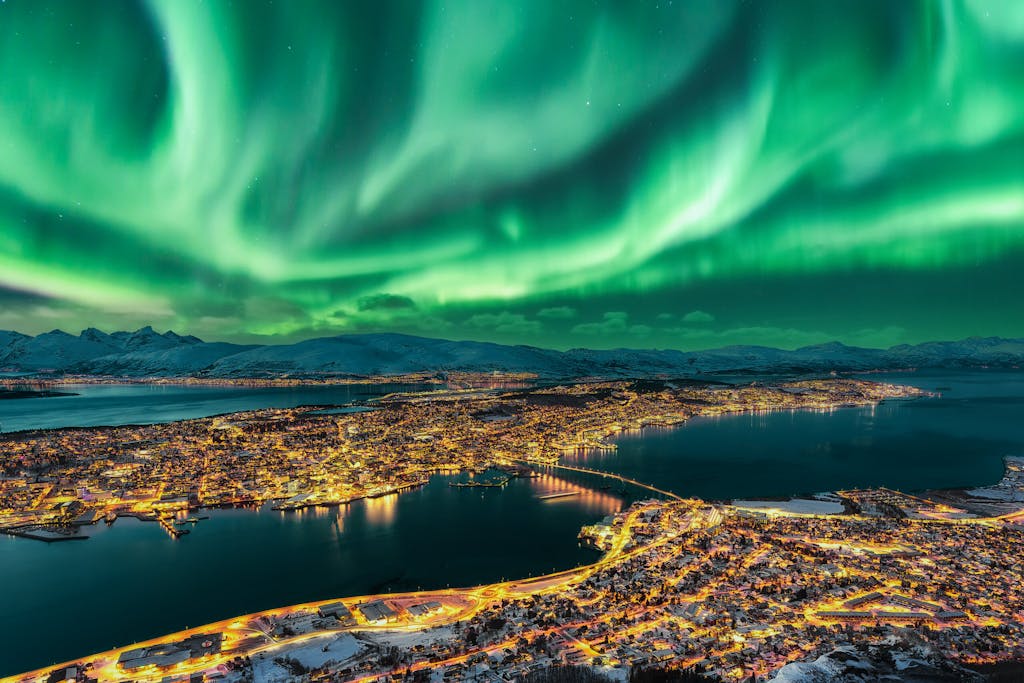
Tromsø, Norway, is the most northerly place Silversea sails to. It’s 217 miles above the Arctic Circle, and it goes almost two months in summer without sunset, from late May to late July. Travelers may be enchanted by limitless light that makes possible a post-midnight stroll past Bergen’s famous multi-colored houses, or a 2 a.m. bicycle ride along Tromsø’s waterfront.
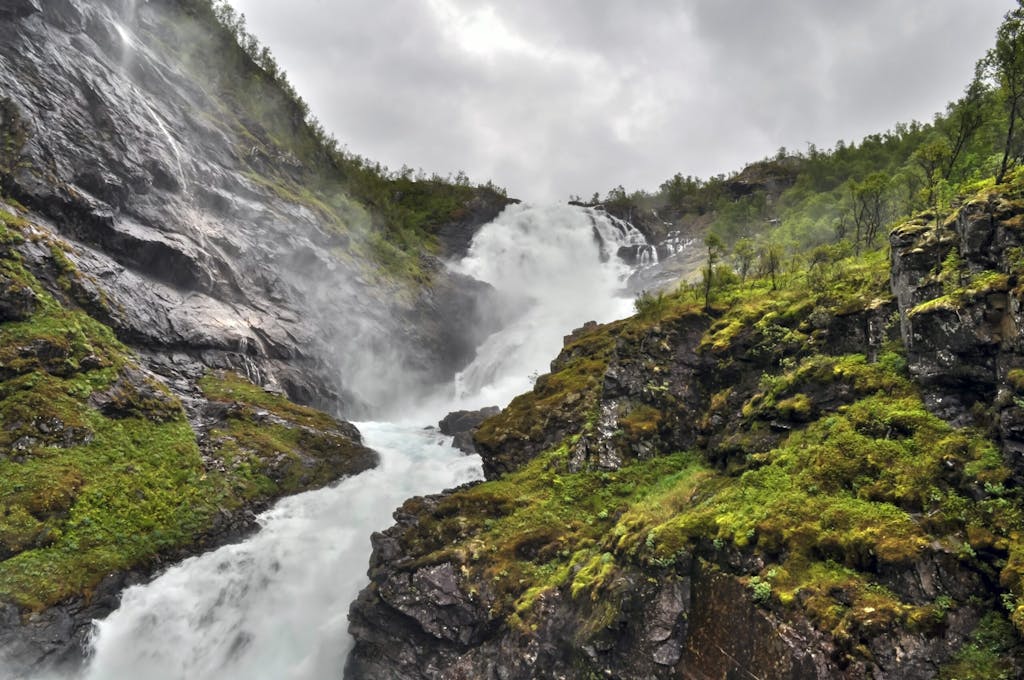
What you’ll see: Nature as you’ve never imagined as you glide along glassy fjords, watching for seals basking on the rocks, eagles wheeling overhead and wild goats clambering vertiginous slopes. From spring onward, the snow melts and the meadows are strewn with wildflowers. Hikers and cyclists take to the mountain trails, solitude is easy to find; no sounds but the song of chaffinches and yellowhammers, the wind whispering in the pine trees.
Each fjord is different; the many-fingered Sognefjord twists and turns deep into the mountains, dotted with tiny villages, while the narrow Geirangerfjord is one of the most dramatic. The terrifyingly high granite block of Pulpit Rock soars nearly 2,000 feet over Lysefjord. Scenic railways, including the Flåmsbana trundle over mountaintops and around the contours of the hills while rushing waterfalls cascade from the tongues of high mountain glaciers.

Beyond the fjords, the sleepy Lofoten Islands are warmed by the Gulf Stream. Jaunty fishing huts line the shores and life moves slowly; this is the place for tucking into fresh fish, hiking, cycling and, for the hardy, swimming off flat rocks in the crystalline water.
Let us not forget Oslo. In the new Edvard Munch Museum, you can discover that the famed modernist’s “Scream,” a mere facet of his varied and inventive approach to painting. Vigeland, the vast outdoor park, , just a mile from Oslo’s waterfront, holds much of the work of still-controversial sculptor Gustav Vigeland. Are his works salacious or serendipitous? Decide for yourself in the balmy summer breeze.
Choose your cruise: Silversea offers two distinct Norway adventures. Adventure-oriented travelers will want to check out expedition voyages, which call at hamlets and offer forays into nature in destinations such as Scotland, Faroe Islands, Iceland and beyond.
For those who prefer a more classic cruise experience, Silver Moon offers every contemporary amenity as well as access to Silversea’s S.A.L.T. (Sea and Land Taste), including S.A.L.T. Experiences that allow travelers to explore the region’s culinary scene.
The Baltic Sea states and beyond
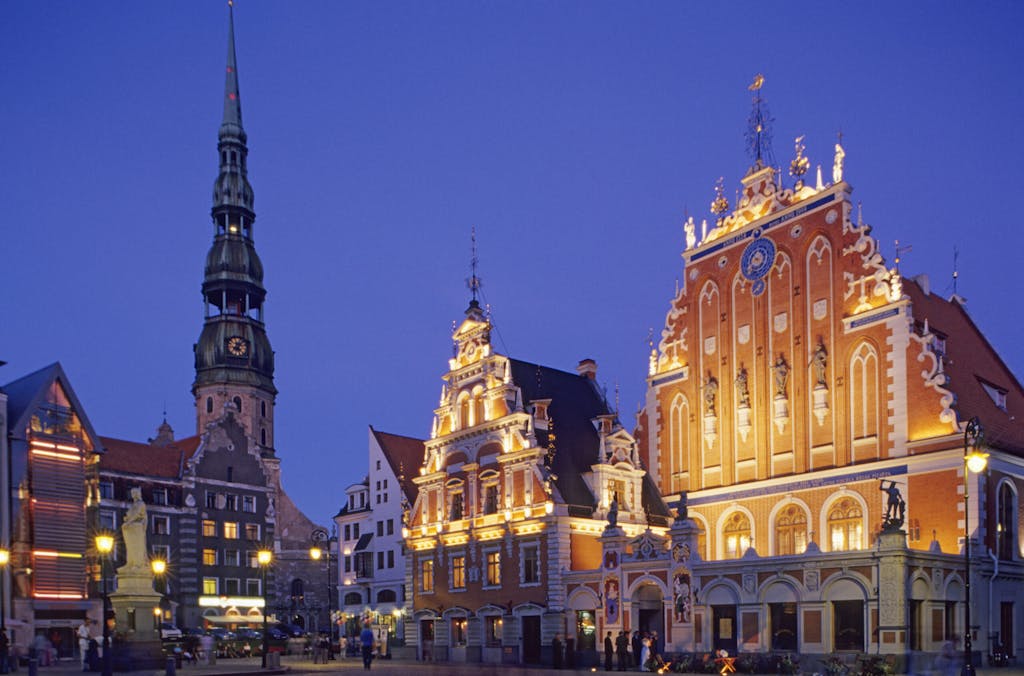
In a nutshell: A voyage around the Baltic Sea States is a cultural odyssey through some of Europe’s great cities, from chic Copenhagen to arty Helsinki and Stockholm, all sophisticated and with understated beauty. So come prepared for a hefty dose of culture — and make time to soak up the enviable lifestyle of these cool locations, maybe absorbing a bit of Scandi hygge — a sense of comfort and well-being.
What you’ll see: More than 1,000 years of history unfolds on a voyage around the Baltic Sea, from the age of the Vikings to the magnificent architecture of the Hanseatic era, to more recent reminders of the Cold War years and the current vogue for everything Scandinavian, from design to hygge and noir thrillers.

Copenhagen manages to be effortlessly cool. Once you’ve paid your respects to the Little Mermaid (in my opinion, slightly underwhelming), the riches of the Amalienborg Palace, home to the royal family, ornate Christianborg, where Parliament is housed, the bustling waterfront at Nyhavn and the lush Tivoli Gardens, where even the oldest of old souls will feel young again, relax and absorb some of the city’s laid-back vibe.
Every store is achingly tasteful, every café immaculately styled. Wander along Strøget, the swanky, pedestrianized shopping street, and be grateful that you left space in your luggage for Georg Jensen objets d’art or a piece of Royal Copenhagen porcelain.
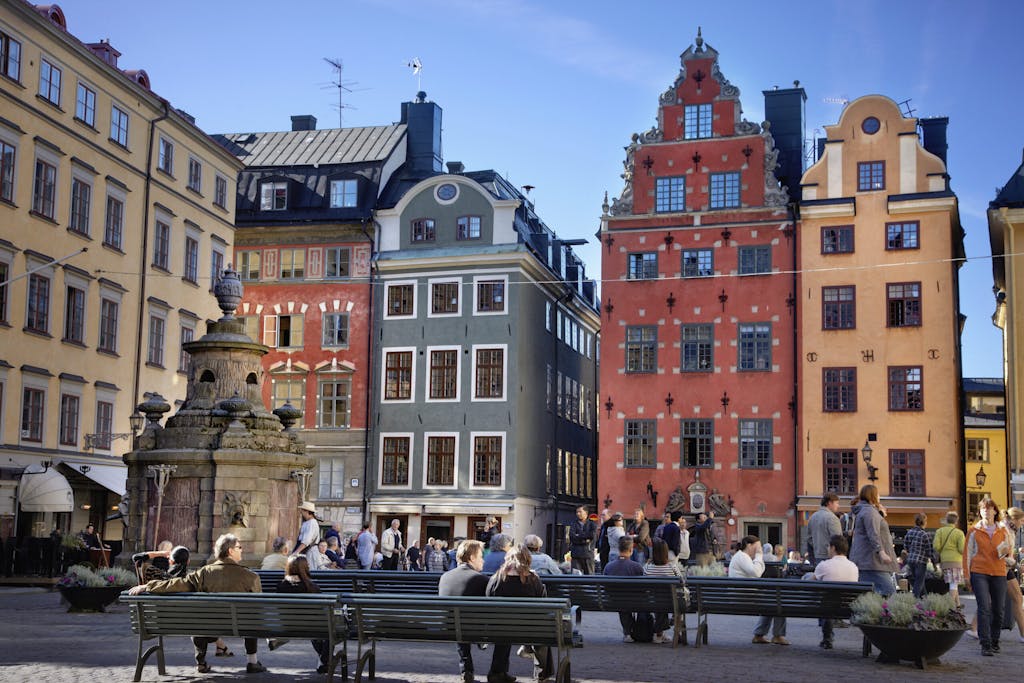
Every ship that sails to Stockholm’s harbor travels through its archipelago. The forested passageway crawls through various islands where Swedes escape to their colorfully painted, beachfront summer cottages to bask in the long summer days. It’s magic, truly.
In the city center, as well as a walking tour of Gamla Stan, Stockholm’s medieval heart, the Vasa Museum is a favorite museums, providing a fascinating glimpse into the world of seafarers in the 17th century; the warship, which sank on its maiden voyage in 1622, is the only intact vessel of this era in the world, thanks to a painstaking restoration. For a bit of light relief and 1970s nostalgia, you’ll no doubt want to visit the ABBA The Museum, too.

Helsinki, like Stockholm, celebrates its waterfront, this time with a bustling market, the stalls in summer piled high with blueberries, raspberries and wild mushrooms, as well as fresh fish. Stock up on cloudberry preserves – sweet and tangy and unique to the Arctic region. The city reveals austere but impressive architecture, including Senate Square and the Lutheran Cathedral, the dazzling white Parliament building and the futuristic metal tubes of the Sibelius Monument.
It’s not the architecture that will leave you dazzled; take a moment to absorb summer life in the capital by strolling along the Esplanade, which stretches from the harbor to the heart of downtown and sipping a coffee (or something stronger) at an alfresco cafe as you people watch. It’s the best show in town.
Tallinn is straight out of a fairy tale, the turrets and spires of its medieval center clustered inside hefty ramparts. Lose yourself in the narrow, cobbled alleys, and don’t miss the world’s oldest apothecary on Town Hall Square; the shop dates to 1422.
Spy fans should check out the Hotel Viru. KGB spies used this unassuming hotel as a clandestine radio center, fleeing in 1991, just before the fall of the Soviet Union, leaving behind a fascinating array of listening devices. Today, the disused rooms are a small museum offering an insight into the chilling activities of the Cold War.
Choose your cruise: Baltic voyages are primarily offered via classic cruise itineraries. Access to Silversea’s S.A.L.T. (Sea and Land Taste) program is available on cruises aboard Silver Moon.
British Isles and the Atlantic Coast

In a nutshell: How a country as compact as the United Kingdom can offer such diversity is astounding. From the thrill of gliding under London’s Tower Bridge to the raw beauty of the Scottish Highlands or the craggy coast of Cornwall, rich with legends and myths, you’ll find adventure every port as you unravel century upon century of history. British Isles voyages often touch on northern France and western Spain, too, bringing new dimensions of art and gastronomy.
What you’ll see: If a round-Britain voyage starts in London, be sure to arrive a few days beforehand to take in the world-class museums, galleries, palaces, fashion and dining. Sailing under Tower Bridge is particularly special, as the traffic literally stops to let you through as the two sides of the drawbridge lift.
One of the biggest allures is the city’s world-class theater scene, offering hundreds of theaters, that many plays, bigger audiences and bigger stars than anywhere else. Most theaters are easily reached by train or Underground or, from central London hotels, just walking. Productions include the eternally popular Disney and Andrew Lloyd Webber shows (“Lion King,” “Phantom of the Opera”) to edgy performances of classics (“Waiting for Godot,” “Oedipus”) and modern masterpieces (“Dear England“) and, of course, Shakespeare.
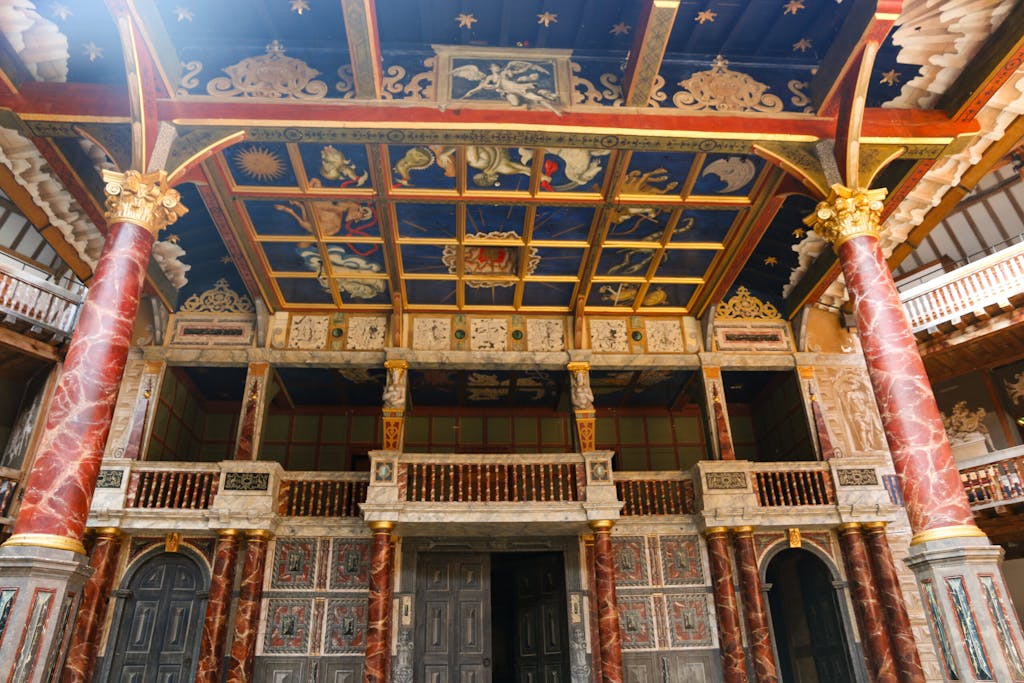
theater in London/Getty Images
Rare is the time that London lacks a Shakespeare production. Shakespeare’s Globe is largely devoted to the Bard’s plays, occupies a glorious site along the Thames, and is a faithful reproduction of the venue at which so many of its productions premiered four centuries ago.
Some of London’s sights are ovehyped: The famous crown jewels are trinkets compared with other collections elsewhere in Europe. But some are woefully overlooked: The British Library has an original copy of the Magna Carta and Paul McCartney’s handwritten lyrics for “Yesterday,” the most popular song of all time. And admission is free.
Many voyages call at Dublin, Ireland’s easygoing capital, all showstopper Georgian splendor and jolly pubs. Of course, there is also Dublin’s “Book of Kells,’ by far the best-known medieval illuminated manuscript. It’s at Trinity College and outstrips all preconceptions of its beauty when seen in person.
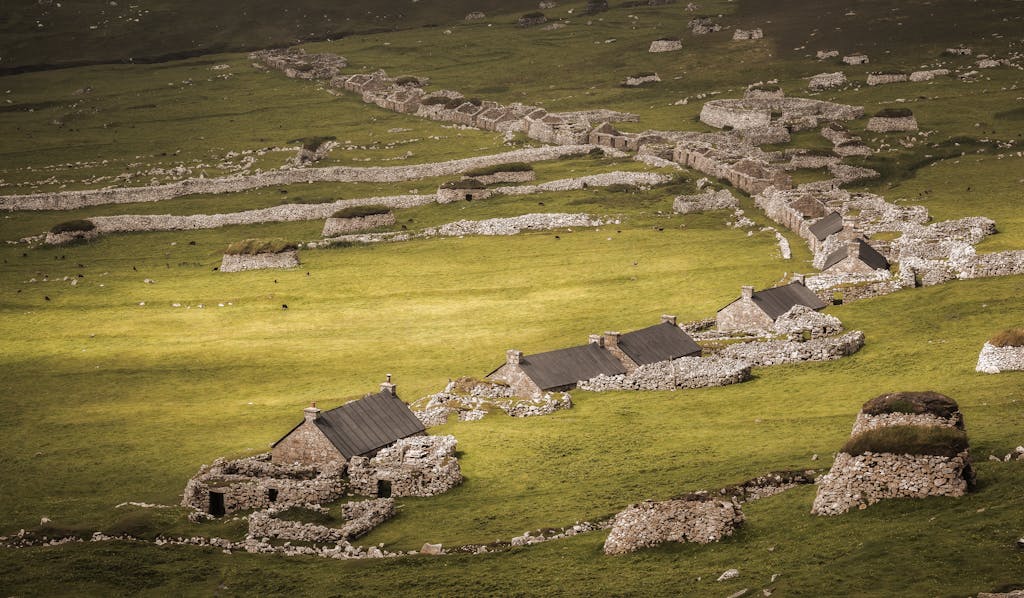
Those voyages that head north to Scotland thread their way through the Hebrides, a landscape of rocky islands, towering mountains, silent lochs, brooding castles and, on occasion, whisky distilleries. If you’re on an expedition voyage, you may visit St Kilda, 45 miles out on its own from the westernmost tip of the archipelago, wind-blown, craggy, rich in bird life and disconcerting. The last inhabitants left in 1930 as life on the edge became untenable.
The Channel Islands

What distinguishes Silversea itineraries are the many under-the-radar, rarely visited ports, especially Jersey and Guernsey, the Channel Islands between Britain and France.
These islands are not British, nor are they part of the United Kingdom. Parliament has no purview. To be exact, they are “bailiwicks” whose legal status is dependencies of the British crown. They’re not countries.
What they are is attractive, pastoral, quaint small islands with deep history, distinctive character, small cities and countryside villages with quiet cafes and independent shop and a generations-old kerfuffle over who has the best dairy cows.
Each island has an eponymous breed famous far from English Channel shores for the indulgent cream they produce. Jersey residents and fans admit no possibility that any other breed may be as fine; same in Guernsey. The most famous test case for this issue is clotted cream, the equally indulgent treat found only in the British Isles, and without doubt the best place to conduct extensive research in the question is right here.
Dipping into Spain and France
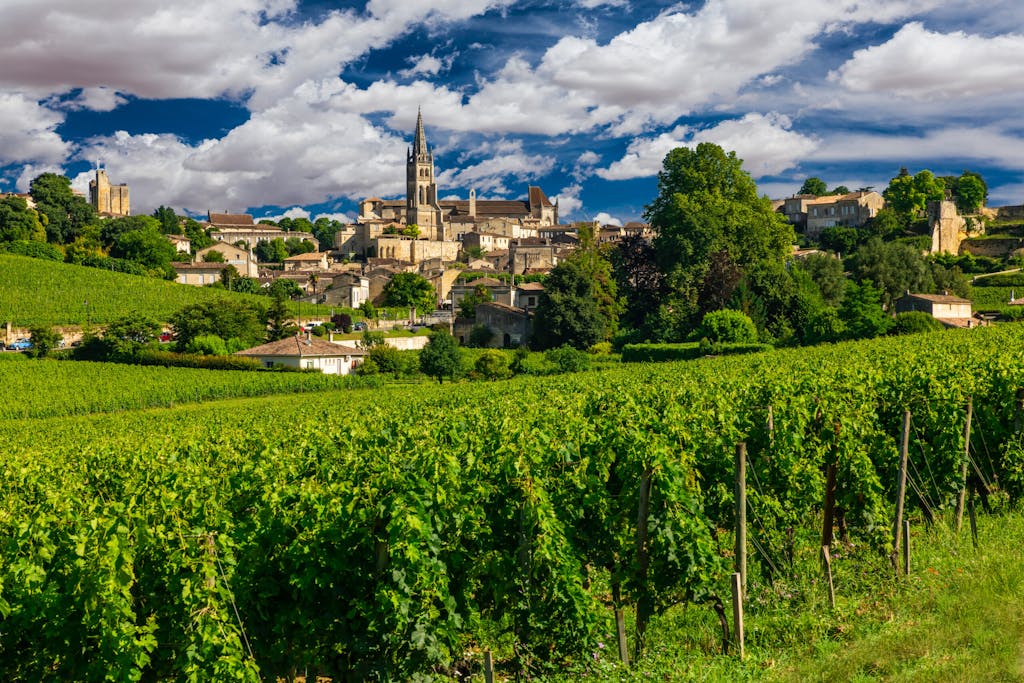
Others explore the Iberian peninsula, in places like San Sebastian, an unsung hero of Spanish gastronomy with more than its fair share of Michelin-starred restaurants and inviting pintxos, or tapas bars, showcasing the region’s stupendous seafood. Bucolic countryside in this very green corner of Spain is fringed by long, golden surf beaches.
Farther north, Bordeaux is snootily, elegantly beautiful as it sweeps around a half-moon curve of the Garonne River. Vineyards roll in every direction, presided over by lavish chateaux, the salty breeze from the Atlantic in the air.
If you spend time in one port in northern France, make it Honfleur, a jumble of pastel, half-timbered houses around a 17th-century fishing harbor, positively shimmering with beauty. Monet and his impressionist cohorts painted in Normandy; his famous house, garden and lily pond are further inland, at Giverny. Just a glimpse of the colors, reflections and the vast skies in this lovely corner of France gives you an insight into the unique light that was almost an obsession with these great artists.
Choose your cruise: Traveled much of the marquee ports of the British Isles and Atlantic Coast already? Silver Wind and Silver Cloud offer expedition itineraries of 11 to 22 days that call at more offbeat places. Itineraries start as far south as Lisbon and head as far north as Tromso.
For a classic voyage, 12–24 day round trips from Southampton offer the best of the British Isles and the Atlantic Coast. You can also choose 12- to-23-day cruises departing or ending in Lisbon. Other options allow you to sample some of the Mediterranean or Northern Europe.
Warming up to Iceland
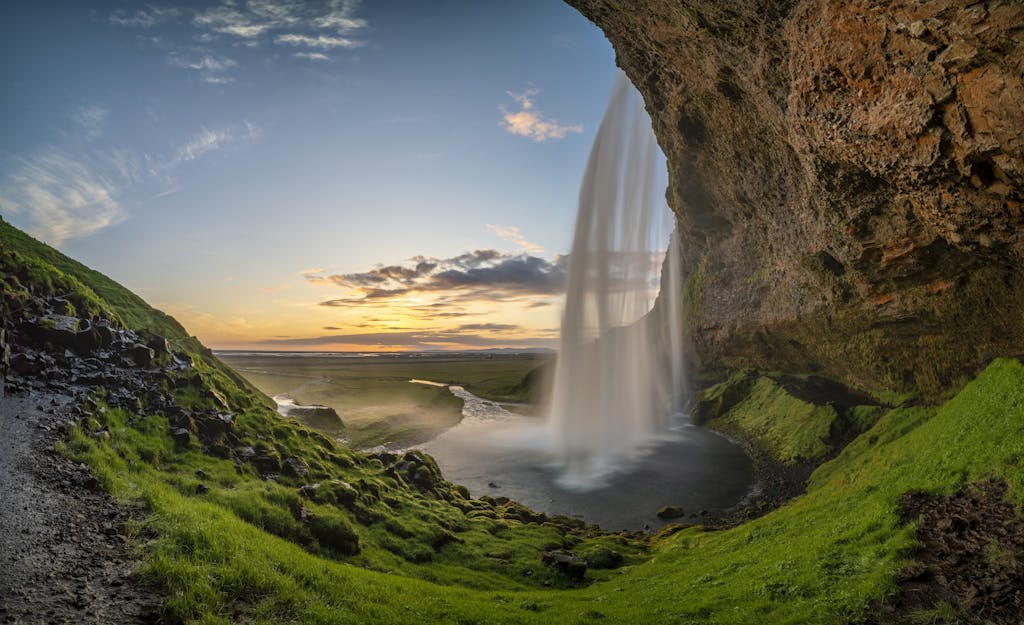
In a nutshell: Wild, untamed, quirky and so dramatic that you’ll be doing constant double-takes, Iceland is like nowhere else. Spiky, volcanic rocks, creaking glaciers, vast, empty beaches and tumbling waterfalls at every turn are only the beginning. You’ll visit eccentric museums, learn why locals still believe in elves, sample amazing cuisine and if you’re adventurous, taste fermented shark.
What you’ll see: Distorted on map projections, Iceland is actually surprisingly large, with more than 3,000 miles of fjord-indented coast and one of the world’s lowest population densities – just nine hardy souls per square mile. As such, you’ll have made a good decision to explore by ship, as getting from one tiny coastal hamlet to another by road can take a long time.
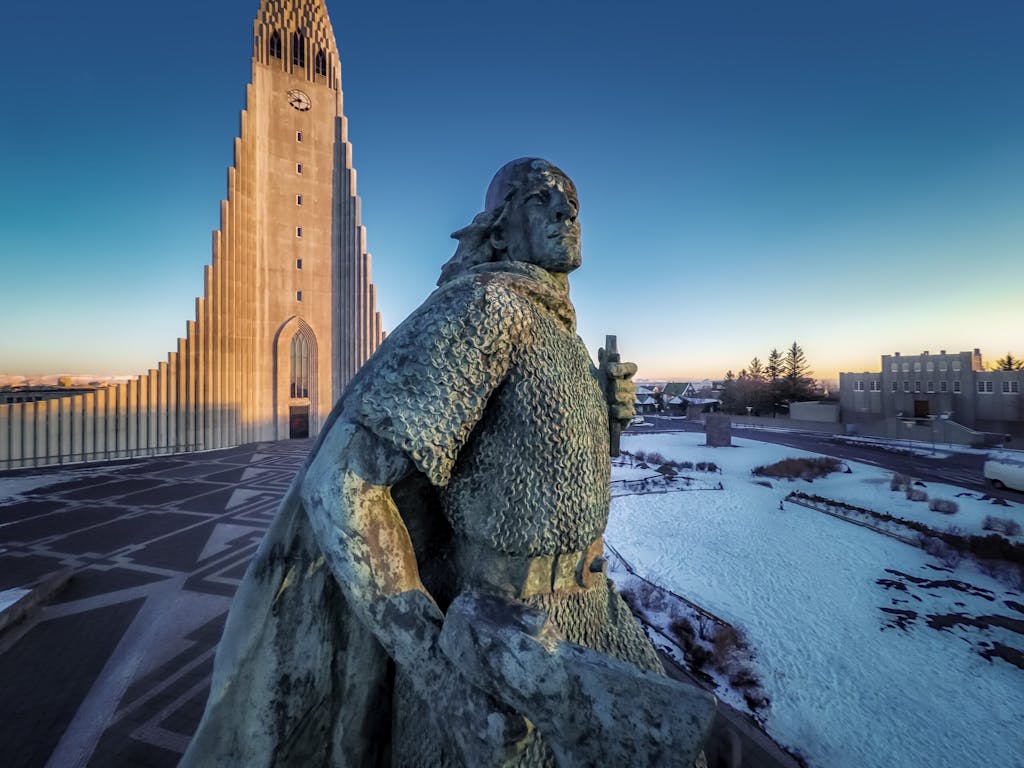
Sailing round the Westfjords, the frilly peninsula to the northwest, is absolutely fascinating. For a start, the marine life is spectacular; we were on deck, gazing at a waterfall, as a pod of orca shot underneath the bow, their black-and-white markings clearly visible.
Husavik is the country’s whale-watching capital and you’ll see humpbacks, minke and maybe even blue whales from the ship. The scenery is all sweeping, melancholy landscapes of massive U-shaped valleys carved by ancient glaciers, and long ribbons of waterfalls plunging into blue-green fjords. There are gorgeous hikes across spongy hills ablaze with purple lupins, mountains in every direction and trails taking you so close to waterfalls you’ll feel the spray.
You’ll find interesting cultural diversions as well; the Herring Era Museum in Siglufjördur may sound comical but it’s superb. Housed in a 1907 herring salting station, the museum is a vivid insight through black-and-white film, artifacts and memorabilia into what was essentially Iceland’s gold rush, when Siglufjördur’s sheltered fjord was crammed with herring trawlers and streets packed with shops, brothels and bars.
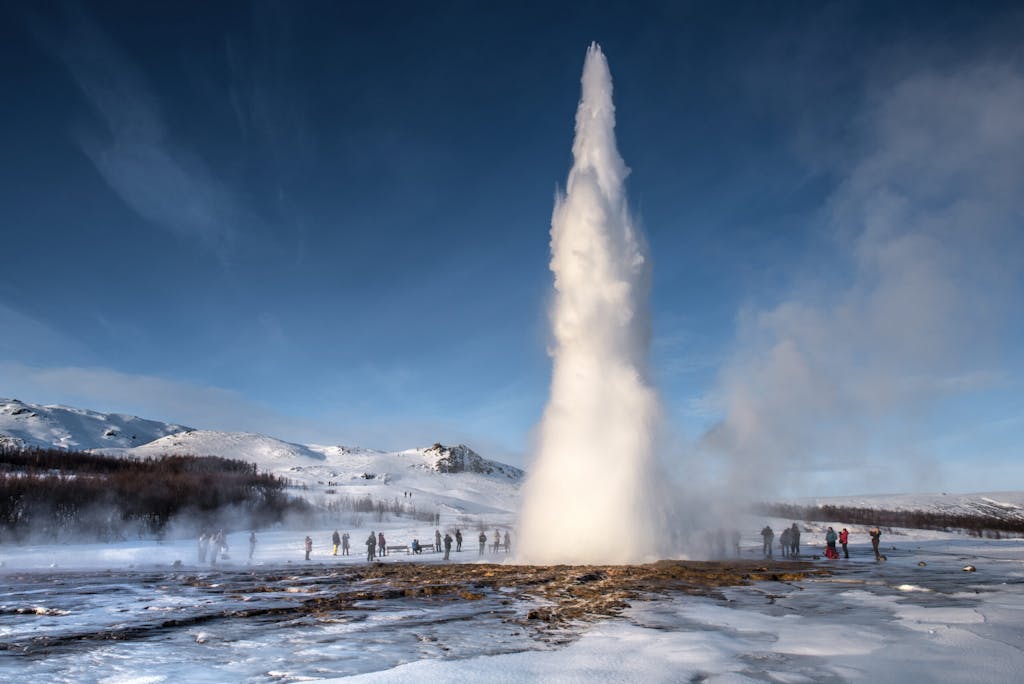
Around Reykjavik, the landscape is all volcanic fissures, rushing rivers and mossy hills; it’s “Game of Thrones” country, as you’ll be constantly reminded. You’ll no doubt visit Geysir, a powerful geyser that shoots boiling water 60 feet into the air every few minutes or spend a day floating in the silica-rich water of the geothermically heated Blue Lagoon, incongruously located on a plain tumbled with spiky lava rocks.
Choose your cruise: Iceland appeals to expedition-minded travelers who want an in-depth experience around the island on Silver Cloud and classic voyagers who want to see major cities between Reykjavik and other Northern Europe and British Isles/Atlantic Coast ports. Classic cruises aboard Silver Moon, with its S.A.L.T. (Sea and Land Taste) program, are also available.
Northern Europe and the British Isles feature cruise itineraries that are hard to top when it comes to offering visitors a mix of culture-rich cities, captivating landscapes and outdoor adventure. When combined with the culinary expertise and five-star service of Silversea, experiencing these regions is an immersive journey you’ll long savor.
Excited to explore Northern Europe and the British Isles? Check out these compelling regional itineraries.
